In 28 years of placing and restoring implants, I have seen that three key factors need to be present to achieve esthetic implant restorations: good implant positioning, accurate impressions and proper abutment design. The facial aspect of the implant cannot be placed too far labially, or it may cause loss of the alveolar facial plate of bone and implant thread or abutment exposure.
In addition, too labial a positioning can decrease the volume of gingiva, preventing an adequate emergence profile of the final restoration.
In maxillary anterior cases, the implant/abutment interface needs to be at least 2.5 mm apical from final gingival margin of the restoration to give the restoration enough “gingival drape” for an esthetic emergence profile.
Hiossen implants are available in eight diameters from 2.5 mm to 7 mm. This variety allows the clinician to choose an implant that will not compromise esthetics due to encroachment on the facial bone.
Impression and master model
The Hiossen impression copings, whether the pick-up or transfer type, are designed so it is clear where the coping is positioned in the impression. The copings also come in a variety of heights and diameters, which coordinate with the healing abutments. This aids in developing proper emergence profile of the restoration.
embedImagecenter("Imagecenter_1_643",643, "large");
In addition, when a soft-tissue simulation material is used as part of the master model, the technician can create a restoration that emerges from the gingiva with a highly esthetic, life-like appearance.
Abutment design
An abutment needs to be kept small in diameter so as to allow good tissue health in the critical subgingival area. An abutment that is too large can compromise the gingival blood supply, which leads to recession and/or an abnormal tissue color.
From a prosthetic standpoint, a smaller abutment allows for a greater amount of porcelain for the restoration, which optimizes esthetics.
The Hiossen ETIII system has a wide range of stock abutments in various gingival and coronal heights and diameters. In cementable restorations, it is crucial to select the proper gingival height to position the crown margin no greater than
2 mm subgingival. This allows access for cement removal and aids in the maintenance of biologic health.
A 17-degree angled abutment is available that is ideally suited for the premaxilla area. This angled abutment is gold in color and very narrow, which preserves gingival health and, as mentioned above, provides ample room for porcelain (Figs. 1, 2). Zirconia stock abutments are also available, which can be customized as needed.
In situations that call for a custom abutment, Hiossen has a “GoldCast” abutment that can be waxed to the desired shape and cast in precious metal. This abutment is also used for one-piece, screw-retained restorations, which use an occlusal access opening.
Another feature of the Hiossen system, which helps simplify abutment selection, is that the five “regular” size implants — from 4 mm to 7 mm in diameter — share the same abutment platform, and all five can use the same abutments interchangeably.
The 3.5 mm diameter “mini” implant has its own group of abutments that are just as extensive as the “regular” sized implants. The “mini” implant is useful in situations with minimal ridge width and is strong enough to be used in posterior areas with confidence.
Hiossen ETIII implants are designed with built-in platform switching — the abutment diameter is slightly smaller than the implant diameter — and a self-sealing 11-degree Morse taper that joins the implant to the abutment.
This hermetic sealing of the implant/abutment interface not only eliminates screw loosening, but also prevents the percolation of saliva and bacteria because there is no micro-movement of the abutment in function and, therefore, no micro-gap to entrap oral fluids (Fig. 3, 4). Studies have shown that bacterial percolation can cause bone loss at the coronal portion of the implant where it meets the abutment.[1-4]
In summary, the Hiossen ETIII Implant System is an organized, systematic approach to esthetic implant dentistry. It is user-friendly, cost-effective and provides the clinician with a broad range of surgical and prosthetic components to meet a wide variety of clinical situations.
Note: This article was published in Implant Tribune U.S. Edition, Vol. 7, No. 11, November 2012 issue. A complete list of references is available from the publisher.
A medically and periodontally stable 37-year-old man presented with coronally fractured tooth #9, which had a history of endodontic treatment (Figs. 1a ...
With continual improvements in the design and production of implant systems and restorative components, the consistent results, predictability and long-term...
Most dentists regularly using CAD/CAM technology in their practice become proficient with posterior restorations. But anterior restorations are more ...
Two leaders in the dental marketplace, BIOMET 3i and Cadent, have announced a collaboration to offer digital intraoral impressions through BIOMET 3i’s...
Implant placement in spaces that are narrow in the mesiodistal dimension poses challenges related to the surgical aspect of treatment. This is further ...
CHICAGO, USA: NuSmile offers practitioners easy placement of esthetic stainless-steel crowns for children, said Diane Johnson Krueger, CEO and president of ...
When doing a diagnostic work-up, if we line up each challenge that is an obstacle in our quest to provide both a functional and an esthetic end result, each...
When treating a carious lesion, it is critical to identify and remove only infected tooth structure, avoiding the needless removal of healthy tissue. Past ...
Anterior tooth loss and restoration in the esthetic zone is a common challenge in dentistry today. The prominent visibility of the area can be especially ...
This case demonstrates the optical scanning of Inclusive Scanning Abutments (Glidewell Laboratories; Newport Beach, Calif.) utilizing the iTero digital ...
Live webinar
Wed. 14 January 2026
12:00 PM EST (New York)
Dr. Théo Laplane, Dr. Robert Gottlander DDS
Live webinar
Fri. 16 January 2026
12:00 PM EST (New York)
Live webinar
Mon. 19 January 2026
1:00 PM EST (New York)
Philipp Kopp, Michael Seeber
Live webinar
Thu. 22 January 2026
9:00 AM EST (New York)
Prof. Judith Jones D.D.S; M.P.H., Prof. Kakuhiro Fukai D.D.S., Ph.D, Dr. Bathsheba (Bethy) Turton
Live webinar
Thu. 22 January 2026
2:00 PM EST (New York)
Dr. Nicola M. Grande DDS, PhD
Live webinar
Wed. 28 January 2026
8:00 AM EST (New York)
Live webinar
Wed. 28 January 2026
11:00 AM EST (New York)
Prof. Dr. Jan-Frederik Güth



 Austria / Österreich
Austria / Österreich
 Bosnia and Herzegovina / Босна и Херцеговина
Bosnia and Herzegovina / Босна и Херцеговина
 Bulgaria / България
Bulgaria / България
 Croatia / Hrvatska
Croatia / Hrvatska
 Czech Republic & Slovakia / Česká republika & Slovensko
Czech Republic & Slovakia / Česká republika & Slovensko
 France / France
France / France
 Germany / Deutschland
Germany / Deutschland
 Greece / ΕΛΛΑΔΑ
Greece / ΕΛΛΑΔΑ
 Hungary / Hungary
Hungary / Hungary
 Italy / Italia
Italy / Italia
 Netherlands / Nederland
Netherlands / Nederland
 Nordic / Nordic
Nordic / Nordic
 Poland / Polska
Poland / Polska
 Portugal / Portugal
Portugal / Portugal
 Romania & Moldova / România & Moldova
Romania & Moldova / România & Moldova
 Slovenia / Slovenija
Slovenia / Slovenija
 Serbia & Montenegro / Србија и Црна Гора
Serbia & Montenegro / Србија и Црна Гора
 Spain / España
Spain / España
 Switzerland / Schweiz
Switzerland / Schweiz
 Turkey / Türkiye
Turkey / Türkiye
 UK & Ireland / UK & Ireland
UK & Ireland / UK & Ireland
 International / International
International / International
 Brazil / Brasil
Brazil / Brasil
 Canada / Canada
Canada / Canada
 Latin America / Latinoamérica
Latin America / Latinoamérica
 China / 中国
China / 中国
 India / भारत गणराज्य
India / भारत गणराज्य
 Pakistan / Pākistān
Pakistan / Pākistān
 Vietnam / Việt Nam
Vietnam / Việt Nam
 ASEAN / ASEAN
ASEAN / ASEAN
 Israel / מְדִינַת יִשְׂרָאֵל
Israel / מְדִינַת יִשְׂרָאֵל
 Algeria, Morocco & Tunisia / الجزائر والمغرب وتونس
Algeria, Morocco & Tunisia / الجزائر والمغرب وتونس
 Middle East / Middle East
Middle East / Middle East






























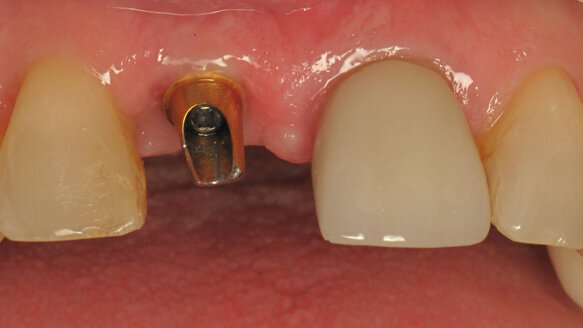



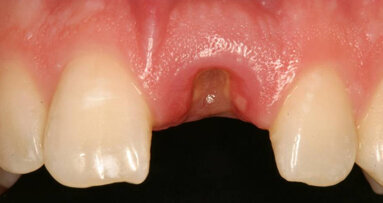





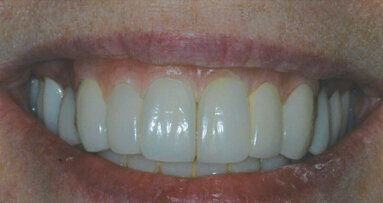
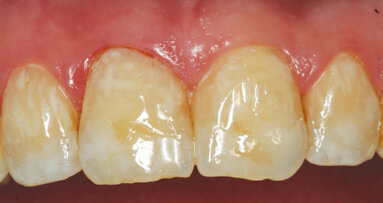
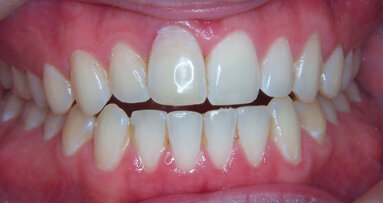


















To post a reply please login or register